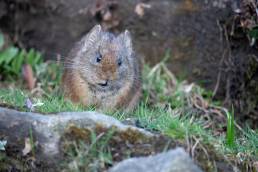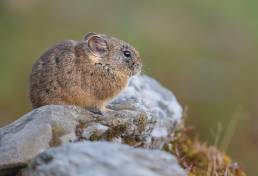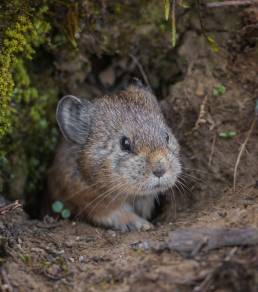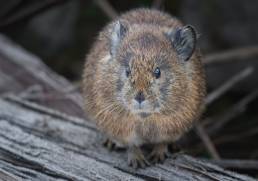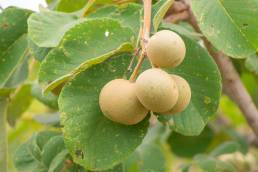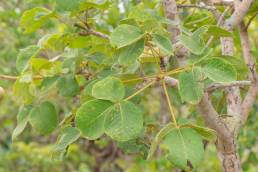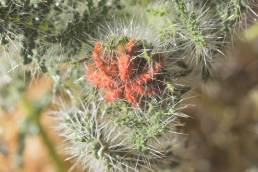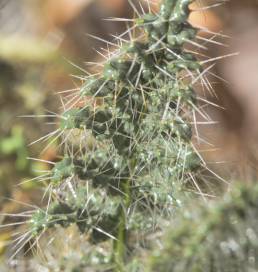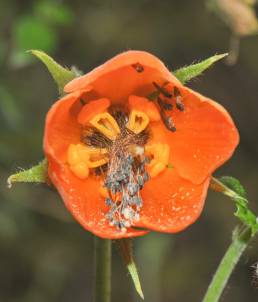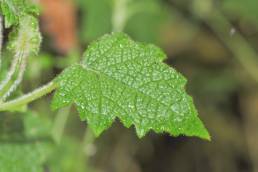30 Apr 2018
Himalayan Pika (Ochotona roylei)
This little cutie was in full swing eating the delicious primula flowers and other species now in bloom, but I just missed it having a mountful of flowers.…
30 Apr 2018
Himalayan Pika (Ochotona roylei)
This little cutie was in full swing eating the delicious primula flowers and other species now in bloom, and here it had a very short break on an outcrop to…
14 Apr 2017
Pika (Ochotona sp)
This is one of several individuals I encountered roaming around a small area of grassy ground, and it was in and out of this burrow as if playing hide and seek…
14 Apr 2017
Pika (Ochotona sp)
I got up very early this morning to get to this location before sunrise to capture the snow capped mountains amongst the flowering rhododendrons, and I was…
7 Dec 2014
Pekea Nut (Caryocar brasiliense)
The protected areas of Chapada dos Guimaraes National Park is a treasure trove of plant species, and I was like a kid in a candy store! This is one of the…
7 Dec 2014
Pekea Nut (Caryocar brasiliense)
The protected areas of Chapada dos Guimaraes National Park is a treasure trove of plant species, and I was like a kid in a candy store! Popular names: Pequi…
16 Nov 2012
Caiophora chuquitensis
An incredibly spiny plant! There is not one part that is spineless, so I guess only insects are able to harm this plant! Altitude: 3671 metres. Native range…
16 Nov 2012
Caiophora chuquitensis
An incredibly spiny plant! There is not one part that is spineless, so I guess only insects are able to harm this plant! Altitude: 3671 metres. Native range…
